Some time in 1960s, businessmen with the Japanese electronics company Hitachi flew to southwest Louisiana, specifically, we are told, to Ville Platte. Of interest to them were the curiously high sales marks of their rice-cookers across a region otherwise alien to their products. At the time, Louisiana was the site of the single largest distribution of Hitachi rice-makers in North America, or so it is said. Anecdotal evidence of that phenomenon can be found in flea markets, kitchens and estate sales around Acadiana to this day.
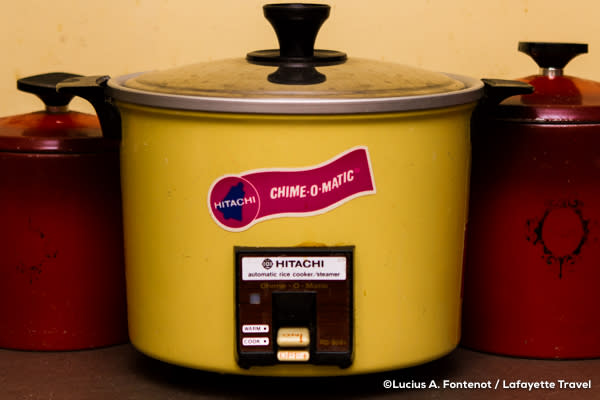
According to Mamou native and photographer Lucius Fontenot, the businessmen toured the outer climes of Acadiana, mouths agape at miles of rice land. Visited, as they were, by the sight of rice farming operations that rivaled those in their native land, they understood the kindred desire in Louisiana for the Hitachi rice-cooker.
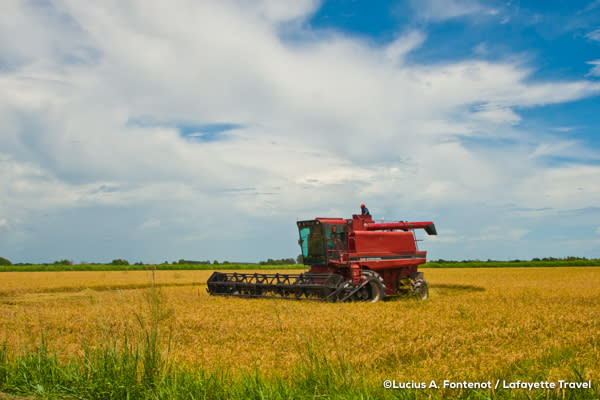
Why these things took off is a study best left to the geniuses of market research, but we can safely say that the crux of it is that Louisiana loves and thrives on rice.

Fontenot, who recently embarked upon a photo journal of Hitachi rice-cookers and the Cajuns who love them, remembers accompanying his grandmother to a local mill to buy 50-pound sacks of medium grain rice to accompany the fixture of stews on his grandmother's stove-top. Medium grains cook softer and stickier than their long-grain cousins, making for more absorbent conduits of gravy and sauce-based Cajun cuisine. By the time the Soileaus of Ville Platte and the Guillorys of Mamou were stocking their shop warehouses with Hitachi rice makers, one of which made its way into the kitchen of Fontenot's grandmother in the 1960s or 1970s, rice was a prime cash crop for farmers across the Cajun prairies west of Lafayette, stretching all the way to the Sabine River that divides Louisiana from Texas. Rice has long been an essential ingredient for hardy Cajun victuals, such as gumbo, jambalaya, crawfish étouffée, boudin and all kinds of gravies.

Looking back, it was probably a no-brainer that the cookers caught on. Automated and electronic, they freed up burners and freed up hands for accomplishing the sundry tasks of the mid-century household. Many a Cajun child knew the Hitachi chime as the 20th century dinner bell. Like the rice-cookers, though, rice itself is not native to Louisiana. It's not even native to the Americas. While seeking its exact place of origin, you run into an intersection of antiquity, legend and guesstimation as to the Big Bang of rice production in the United States. However, those who will hazard a guess like Steven Linscombe, Ph.D., of LSUs Rice Research Center in Crowley will tell you it likely came by boat from Madagascar to the port of Charleston, SC, sometime in the 18th century.
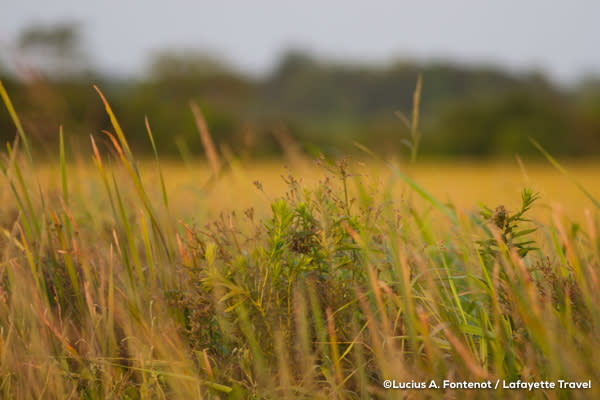
It wasn't so much a formal introduction, according to Linscombe, but more of a casual parting-a box full of seeds was perhaps given to eager hands at the harbor. "Here's some rice. Y'all dabble with this," guessed Linscombe. From there, rice production followed a south-westerly migration during the 19th century, making its way through plantations and farms in Georgia, Alabama, Mississippi, Florida and, finally, Louisiana.
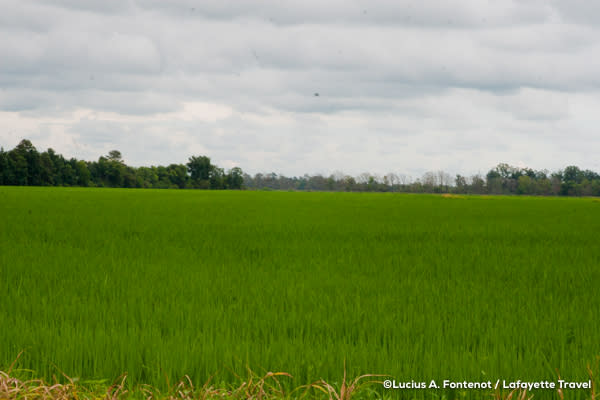
At first, rice was a staple crop grown for the plantation slave labor force along the Louisiana banks of the Mississippi River. Its continued migration westward in the years after the Civil War was provoked by the stimulated interest in cheap land in Acadia, Vermilion and Evangeline parishes, marketed aggressively to pioneering German Midwesterners. These wheat and corn farmers found their customary crops ill-suited to Louisiana's wet climate. Taking note of micro-agronomic production of rice by the Cajuns kicking around pre-railroad Acadiana, the ever-industrious Germans took it upon themselves to mechanize and modernize the rice industry with seeders, binders and threshers.
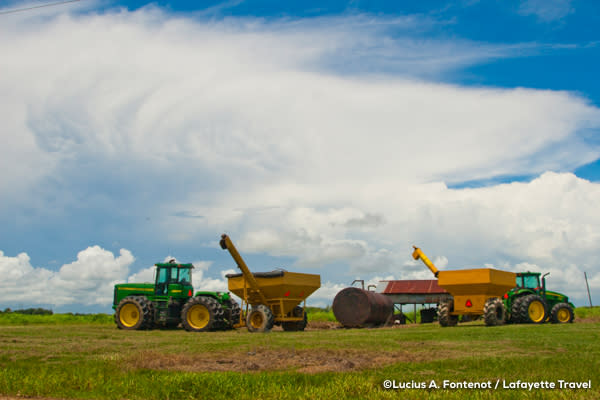
Where profligate water presented a problem for other crops, rice thrived in Louisiana's oft-flooded conditions. Steam pumps and adjacent bayous provided an abundant source of water for enterprising farmers. The Cajun prairies also have a lagniappe topographical feature in the form of a dense subsurface layer of clay. That pack of hardened earth creates a basin that contains pumped-in water, making for efficient use of an embarrassment of hydrological riches.

Milling came later in the 19th century, moving an essential business from New Orleans to the now self-proclaimed Rice Capital of America in Crowley, the seat of Acadia Parish. Rice of any grain size could be separated from husks and milled to remove the outer bran layer that distinguishes un-milled brown rice from milled white rice. Folks scooped rice into their gumbos instead of cornmeal mush, and the great Acadiana staple was born.

At its height in the mid 20th century, Louisiana's rice production was the nation's largest and most cutting-edge. Before enamored with the Hitachi cookers chime-o-matic laissez-faire, we saw the advent of rice enrichment by Wright Enterprises in Crowley, a process that re-introduced to white grains the vitamin and nutrient content bereft by the milling process. A symbiotic relationship developed between the farming of rice and crawfishing. Flooded fields provide an excellent breeding ground for aquaculture like crawfish. The Cajun crustacean also is quite fond of detritus from leftover rice crops, a revelation which led rice researchers to develop in the early 2000s a rice variety known as ecrevisse French for crawfish grown specifically for its agricultural benefit for crawfish.

Medium grain rice once dominated production and consumption in Louisiana, due in large part to the medium grain varieties agricultural hardiness when compared to the more gastronomically coveted long-grains. There are those, like the Fontenots, who stand by the sopping utility of medium grains as the ideal vehicle for gravy. But for the most part, long grain has enjoyed a preferred status among consumers, typically fetching higher prices for farmers.

In the 1980s, medium grains accounted for 65 percent of grown rice varieties in Louisiana, with the remaining 35 percent accounted for long grains. Over time, folks like Linscombe at the Rice Research Center developed new varieties of long-grain rice that perform better in Louisiana's climate and produce higher yields per crop rotation. Technology caught long grain up with demand. In 2015, long-grain rice accounted for 85 percent of the rice grown in Louisiana.

Nearly half of all rice grown and milled in Louisiana is exported nationally and internationally, meaning local rice producers need to keep up with the tastes of buyers around world. Popular tropical aromatics like Thai Jasmine rice do not do well in Louisiana's climate, forcing farmers to improvise. To that end, farmers and researchers with the Rice Research Center have developed Jazzman and Jazzman II varieties of long-grain rice specifically bred to produce the nutty aroma and soft texture of the ever-popular Thai import.

Long before Jazzman, the Research Center introduced the Della long-grain varieties more popularly known in Acadiana as Popcorn Rice. Like Thai Jasmine or Jazzman, steaming Popcorn rice produces a nutty, almost popcorn-like, aroma. But where Jasmine-type rice cooks soft, Popcorn rice retains the stiffer texture of generic, long-grain rice. Around Acadiana, Popcorn rice is marketed as a connoisseurs bag fit for the discerning rice palate.
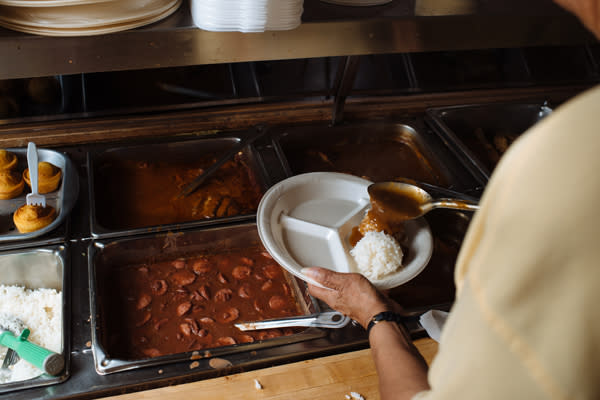
Today, Louisiana remains the third largest producer of rice in the United States, behind California and Arkansas. In Acadiana, the number of plate lunch houses serving rice and gravy on a daily basis will give you an idea of just how important the crop remains as a cultural icon in the area. Rice is a given in Louisiana cuisine, regardless of the time of day or year. Very few meals are complete without a dollop of steamed rice, a scoop of rice dressing or a lagniappe of jambalaya. Despite its foreign origins, rice is a product that binds folks in Acadiana to their earth and gives a sense of culinary unity.
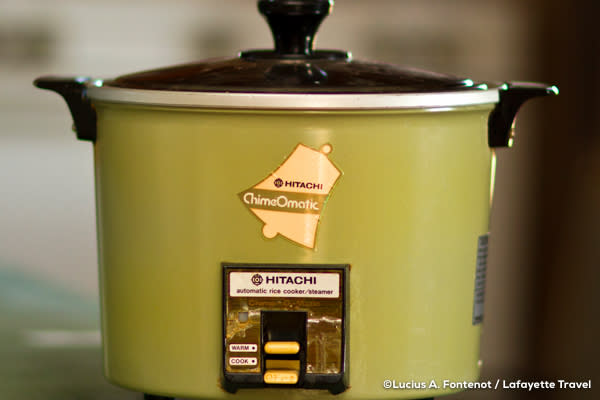
Rice cookers have certainly advanced since the original Hitachis spread around Acadiana like rice-seed from a crop-dusting plane. But the kindred love affair with rice those Japanese businessmen found in the eccentric bayou towns they visited in the 1960s still remains. Many have held on to those Hitachis as family heirlooms, weighing their cookers tops down with books or taping the button down to get the steam-time right. Others have moved on to digital contraptions with adjustable temperatures, timers and readouts. What really counts, though, is what happens when the steam rises and whatever chime dings. When the rice is done, it's time to eat.
